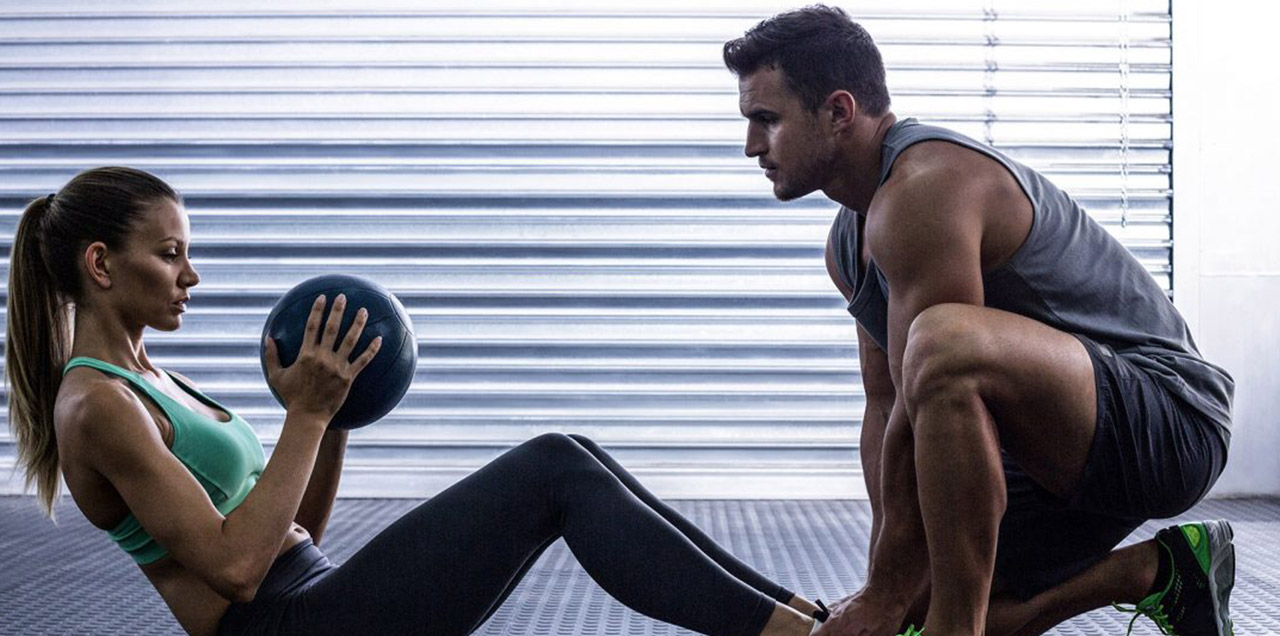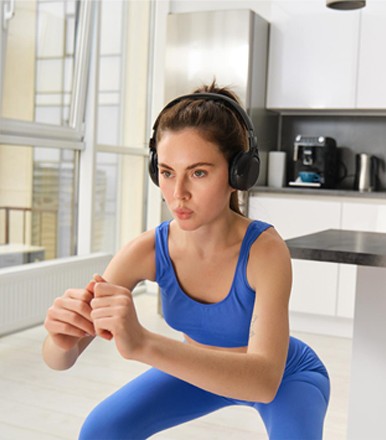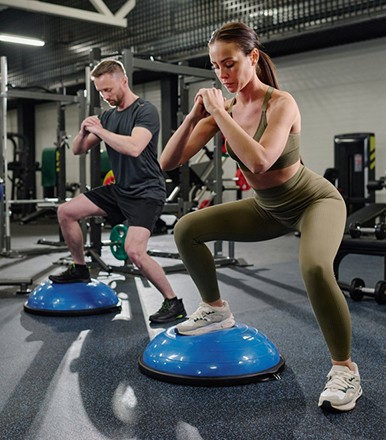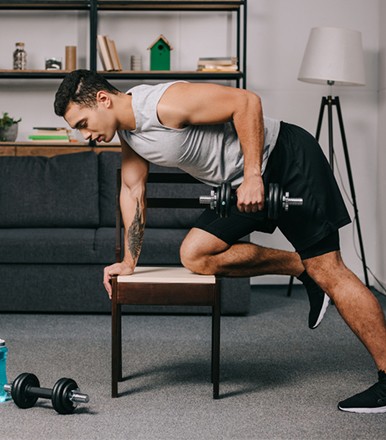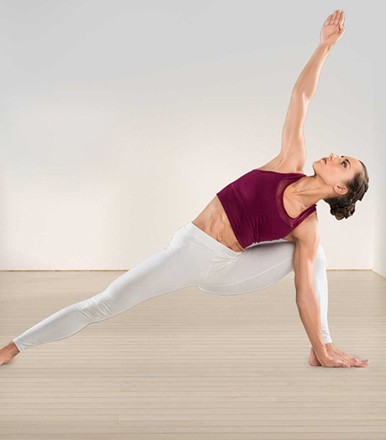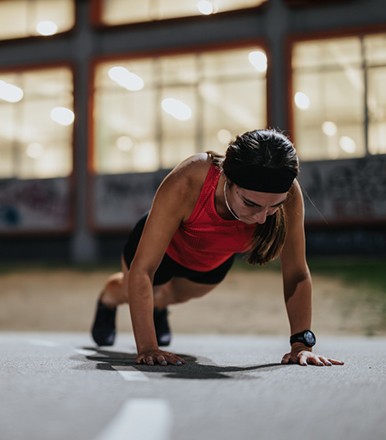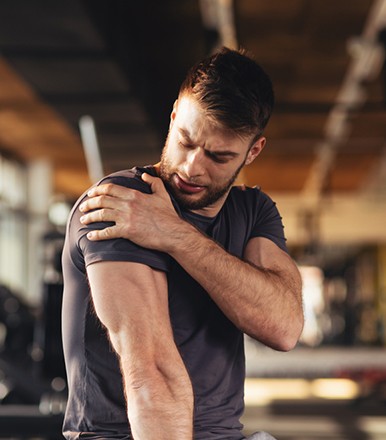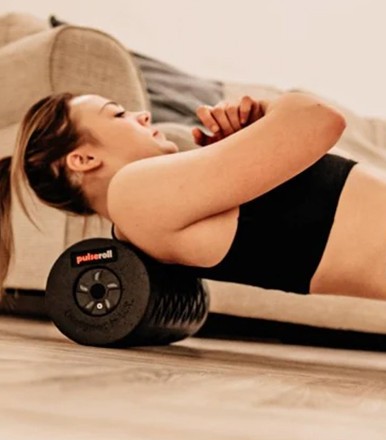When it comes to physical fitness, understanding its components is key to building a well-rounded fitness routine. Let's dive into the 12 essential components that make up physical fitness.
1. Cardiovascular Endurance
Cardiovascular endurance is the ability of the heart and lungs to supply oxygen to the body during sustained physical activity. Activities like running, cycling, and swimming help improve this component.
2. Muscular Strength
Muscular strength refers to the maximum amount of force a muscle or muscle group can exert. Weightlifting and resistance training are common ways to build muscular strength.
3. Muscular Endurance
Muscular endurance is the ability of a muscle to continue to perform without fatigue. Exercises such as push-ups, planks, and squats enhance muscular endurance.
4. Flexibility
Flexibility is the range of motion available at a joint. Stretching exercises, yoga, and pilates are excellent for improving flexibility.
5. Body Composition
Body composition refers to the ratio of fat to lean mass in the body. A healthy diet combined with regular exercise can help maintain an optimal body composition.
6. Power
Power is the ability to exert maximum force in a short period. Plyometric exercises like jump squats and box jumps are effective in building power.
7. Speed
Speed is the ability to move quickly. Sprinting and agility drills are typical exercises to enhance speed.
8. Agility
Agility is the ability to change direction quickly and efficiently. Sports that require quick changes in movement, like basketball and soccer, can improve agility.
9. Balance
Balance is the ability to maintain the body's position, whether moving or stationary. Activities like tai chi and balance drills help enhance balance.
10. Coordination
Coordination is the ability to use different body parts together smoothly and efficiently. Practicing skills like hand-eye coordination through sports or specific drills can improve this component.
11. Reaction Time
Reaction time is how quickly an individual responds to a stimulus. Improving reaction time can be achieved through specific training, like catching a ball or practicing martial arts.
12. Mental Fitness
Mental fitness involves cognitive functions and emotional well-being. Activities like meditation, puzzles, and engaging in new learning experiences contribute to mental fitness.
Get started on your fitness journey today by incorporating these components into your routine. Visit Hello Fitness Magazine for more tips, workouts, and guides to help you achieve your fitness goals.
Hello Fitness Magazine is your ultimate source of health and fitness information. From workout plans to nutrition advice, we provide expert insights to help you stay fit and healthy. Join our community and take a step towards a healthier you!
FAQs
1. What is the most important component of physical fitness?
There are only so many important components as each plays a crucial role in overall fitness. A balanced approach addressing all components is ideal.
2. How can I improve my cardiovascular endurance?
Engage in aerobic activities like running, cycling, or swimming regularly. Aim for at least 150 minutes of moderate-intensity exercise per week.
3. What exercises improve muscular strength?
Weightlifting, resistance training, and bodyweight exercises like push-ups and pull-ups are great for building muscular strength.
4. How often should I stretch to improve flexibility?
Incorporate stretching into your routine at least thrice a week, holding each stretch for 15-30 seconds.
5. Can mental fitness be improved?
Yes, mental fitness can be enhanced through activities that challenge the brain, such as puzzles, learning new skills, and practicing mindfulness.




